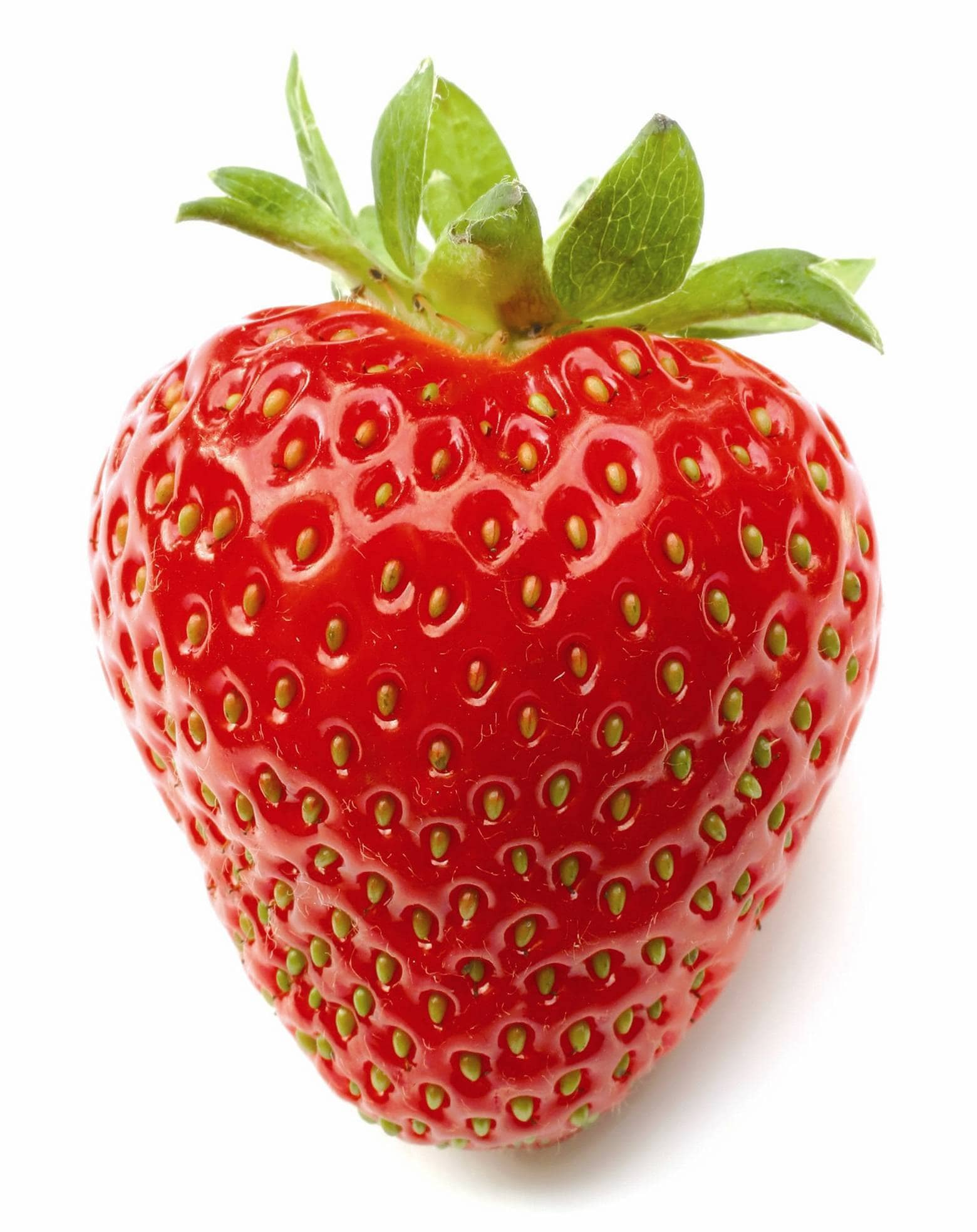Two ways for growing starwberry from seeds.
Note: Strawberry seeds germinate best when temperature range from 60-75 Deg F, lower or higher than this range will increase the germination by 2-3 times longer. Strawberry gernally takes 2-4 weeks.
Prepare the seeds by soak them 8-24hrs.
Ziplock bag
We've write a growing from seeds blog before, Click Here
Put seeds into a moistened kitchen towel and put it inside a ziplock bag, keep it in a cold and dark place for your desire period of time. For example: Strawberry takes 2-4weeks when temperature below 75 deg F. For higher temperature, expect longer in seeds germination. It may takes 2 to 3 times longer!
Traditional Pots
Simply seeds sowed on the soil surface rather than burry it in the soil.
Watering from the bottom-up not from top-down.
Then put the pots indoor close to your windows for regular sun exposure. It's best to start your project in the morning for soft bright sun :)
Make sure you only keep it moistened not wet.
====
below is another step by step instruction of how to.
====
Growing strawberries from seeds can be a rewarding experience. Here is a step-by-step guide to help you successfully grow strawberries from seeds:
1. Selecting Seeds: Obtain high-quality strawberry seeds from a reputable supplier like EzySeeds. Consider choosing varieties that are well-suited to your climate and growing conditions.
2. Germination: Start the germination process indoors, preferably about 8-10 weeks before the last expected frost in your area. Fill a seed tray or small pots with a good quality seed-starting mix.
3. Sowing Seeds: Sprinkle the strawberry seeds evenly over the surface of the soil, keeping them slightly spaced apart. Lightly press the seeds into the soil, but avoid burying them too deep.
4. Moisture and Cover: Mist the soil gently with water to ensure it is evenly moist. Place a clear plastic cover or plastic wrap over the tray or pots to create a mini greenhouse effect and help retain moisture. This promotes germination.
5. Temperature and Light: Place the tray or pots in a warm location with a consistent temperature of around 70-75°F (21-24°C). Once the seeds have germinated, remove the plastic cover and move them to a location that receives bright, indirect sunlight.
6. Watering: Keep the soil consistently moist but not waterlogged. Use a misting spray or a gentle watering can to avoid dislodging the tiny seedlings.
7. Transplanting: Once the seedlings have developed their second set of true leaves and the weather has warmed up, they can be transplanted outdoors. Choose a sunny location with well-draining soil.
8. Preparing the Soil: Prepare the planting area by removing any weeds and adding organic matter like compost to improve the soil's fertility and drainage.
9. Planting: Dig holes in the prepared soil, spacing them about 12-18 inches apart. Carefully remove the seedlings from the seed tray or pots, keeping the soil around their roots intact, and place them in the holes. Gently firm the soil around the base of each seedling.
10. Watering and Mulching: Water the newly transplanted seedlings thoroughly to settle the soil. Apply a layer of organic mulch, such as straw or wood chips, around the plants to suppress weeds, retain moisture, and keep the fruit clean.
11. Care and Maintenance: Regularly water the plants, aiming for about an inch of water per week. Avoid wetting the foliage, as this can encourage disease. Monitor the plants for pests, such as slugs or aphids, and take appropriate measures to control them.
12. Pruning Runners: Strawberry plants produce runners (long stems with new plantlets at their tips). To encourage better fruit production, you can prune off these runners throughout the growing season, allowing the plant to put its energy into producing larger berries.
13. Fertilization: Apply a balanced, slow-release fertilizer according to the manufacturer's instructions to provide essential nutrients for the plants. Avoid over-fertilization, as this can lead to excessive foliage growth at the expense of fruit production.
14. Harvesting: After the strawberries have ripened to their full color and are slightly soft to the touch, gently pick them from the plant. Enjoy the delicious fruits right away or use them in various culinary preparations.
Remember, growing strawberries from seeds requires patience and care. It may take some time for the plants to establish and produce a bountiful harvest, but with proper attention, you can enjoy the sweet rewards of your efforts.
